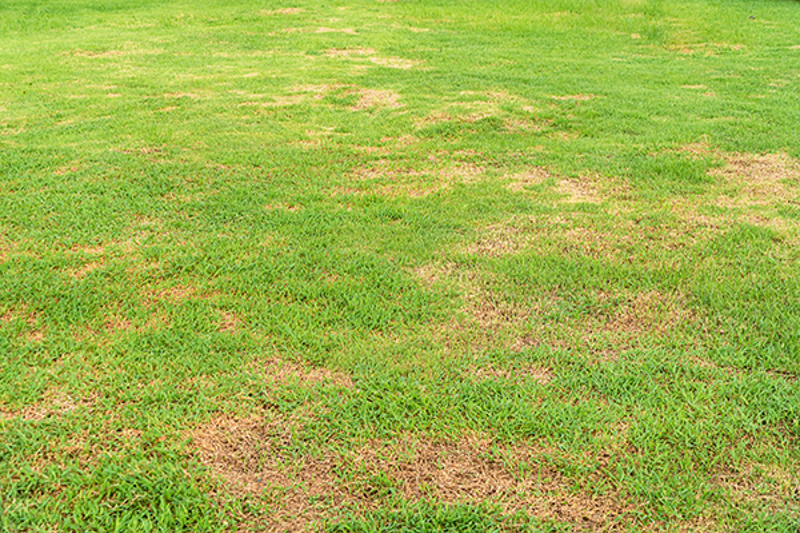Yates Account
Join now
Create a Yates account today!
Sign up to join the Yates Garden Club for monthly e-mails packed with seasonal inspiration, tips for success & exclusive promotions.
Plus if you’re a Garden Club member you can take part in the Yates Growing Community - a blog to share successes, get advice & win prizes in fun challenges along the way!

Forgot password
Enter the email address associated with your account, and we'll email you a new password.
Rhizoctonia solani

What is Brown Patch?
Brown Patch is caused by a fungus. It usually occurs in late spring, summer or autumn when the weather is warm and humid. Bent (Browntop) and fine fescue lawns are very susceptible.
Symptoms
It starts with small discoloured purplish patches of grass, which later spread to form irregular shaped dead patches, a metre or more in diameter.
How to protect your plants
Lawns should always be watered in the morning so they dry well before nightfall. If brown patch has taken hold, stop all watering until the fungus dies down.
Avoid applying high-nitrogen fertilisers in humid conditions, as it can encourage the fungus to develop.
For smaller lawns, aerate the lawn by spiking it with a garden fork. Simply push the fork in to at least 10cm and wriggle it back and forth to create larger holes. Do this every 10-15cm, working your way around the whole lawn.
Compacted and heavy clay soils can also increase the risk of brown patch. Applying gypsum to your lawn can help break up the clay, improving drainage and improving your soils porosity (ability to breathe).
Too much thatch can create ideal conditions for brown patch, by increasing humidity at the grass roots. Thatch needs to be removed by ‘de-thatching’ or scarifying. It's done by mowing the lawn at a low level (this can be completed over several mows, lowering the mower at each cut) or very vigorously raking the lawn with a strong rake (sometimes called a thatching rake). Lawn scarifier machines are also available from hire merchants.
De-thatching established lawns is best carried out from mid-spring to early summer, so the weather is warm enough to encourage new grass growth.
It's highly recommended to disinfect your tools with isopropyl alcohol after aerating or de-thatching, to avoid spreading fungal spores.
Plants impacted
- Lawns
- Turf

















Share
Share this article on social media